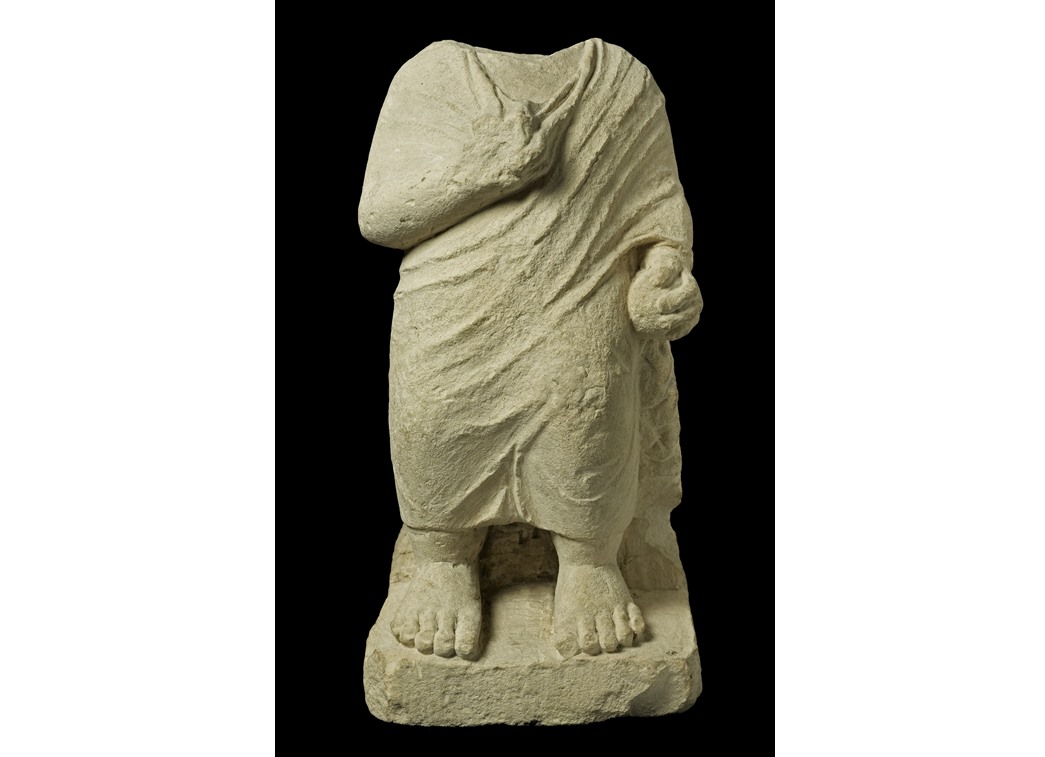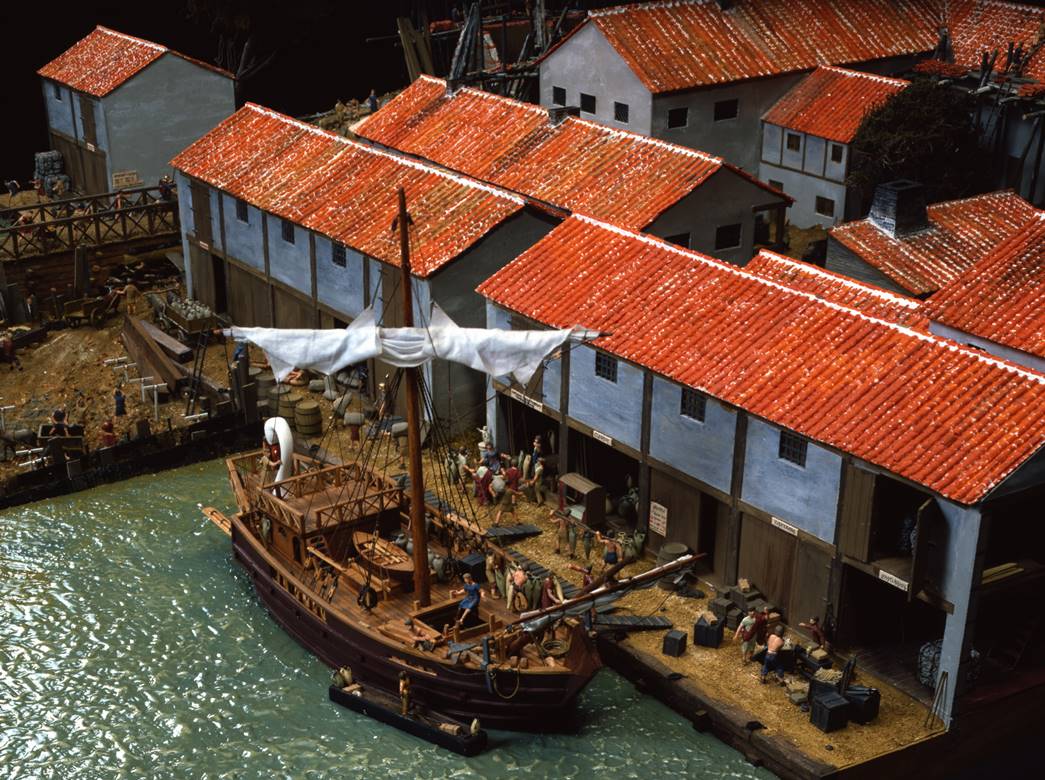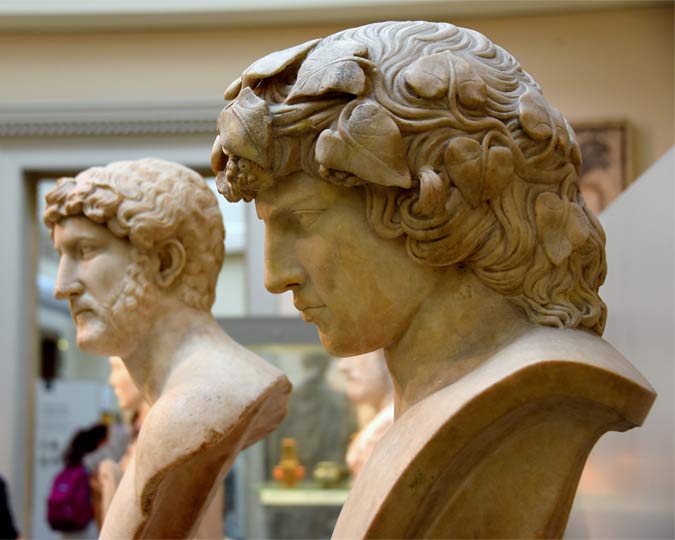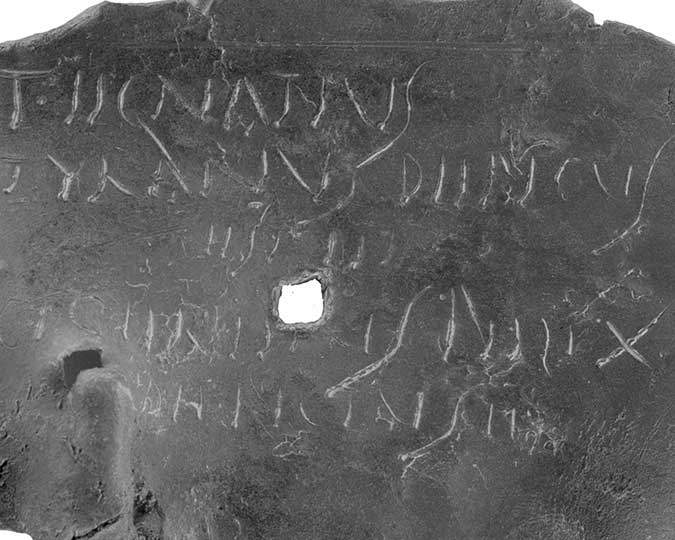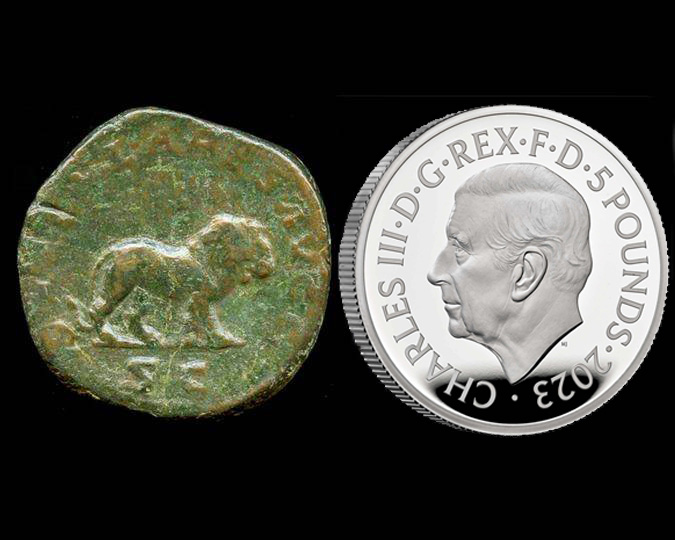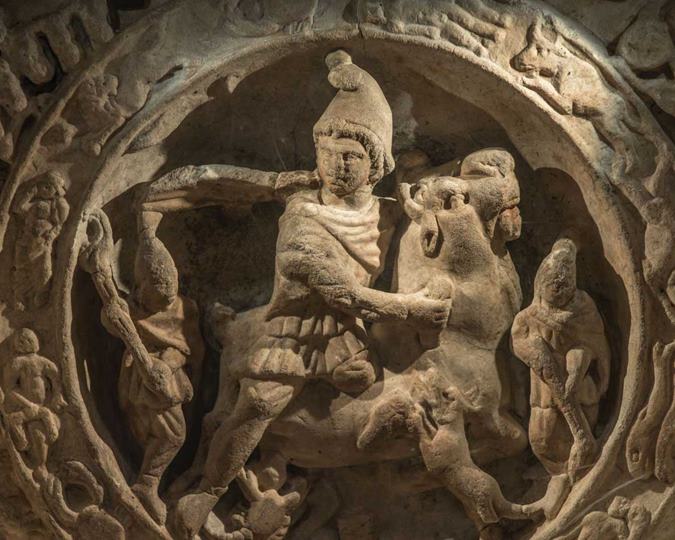What did babies eat in Roman London? How were they fed, or weaned? Just 60-150mm tall, these tiny vessels provide a rare insight into the culinary world of Roman infants and toddlers. Find out more.
Roman London is most familiar to us as a place of trade and commerce, full of adults going about their business. However, that is not the whole picture. It was also home to many families and their children. Many types of archaeological evidence prove this — from tiny leather shoes to tombstones, including one that shows a small child holding a ball.
Childhood was an important stage of life in the Roman world. The Romans recognised that it should include fun and play, and was quite different to adulthood in many ways — one of which was food. This is because, for the first three years of a person’s life they are almost entirely dependent on others for food and care-giving. In the Roman world, these important years were written about by doctors, whose medical advice explained how to feed and wean babies, and how to take practical care of them.
“If it is not clear what they [babies] want and meanwhile the demand is becoming more urgent, let things be put right by immediately giving whatever is needed and so prevent their becoming exhausted. In the meantime by rocking in the arms and lullabies, such as the more experienced nurses use, one may seek to soothe them.” — Galen, a Roman medical writer
What did Roman babies eat?
The medical texts suggested that wherever possible, they should be given breastmilk, with wet-nurses often employed to feed babies — contracts for wet-nurses to feed babies have been found in Roman Egypt. Weaning began when the baby achieved particular milestones, such as teething and getting their first teeth.
“She shall feed the child only on (mother’s) milk, but when he has cut his front teeth it is well to accustom him to more solid food, as women do of their own accord, having learnt this by experience.” Galen
The first foods to be introduced by Roman parents for their children included cereals, with more solid foods being given as the baby’s first teeth erupted, allowing them to chew. The doctors also suggested that breastmilk should continue until they were about 3 years old.
You might think that it would be impossible to find evidence for how the babies of Roman London were fed and weaned. However, there are two ways in which we can learn how they were cared for. One is by looking at the chemicals in their skeletons, which tells us that weaning began at, say, 6 months old, when a baby’s first teeth start to emerge, and many children continued to have breastmilk until they were 4 years old. Their weaning food was predominantly cereal, and they did not eat a lot of meat or fish until they were older.
Roman ‘feeding bottles’
The second way is by studying a special type of pottery vessel, known as a ‘tettina’. Roman doctors also wrote about them, noting that they were ideal for the supplementary feeding of water or watered-down wine! Many of these have been found in London and are part of the museum’s collection, including one that was made in Germany, and may have been brought by a family to Britain.
![Tettinae in Roman Era
(left) A moselkeramik tettina or feeding bottle with a dark grey slip, incomplete and restored from sherds. And (right) one that looks like a flagon. (ID nos: HOO88[1683]<800>; 2859)](/application/files/4016/8544/1504/03a_Roman_food_baby_feeding_bottles_1045_tettinae_MoL.jpg)
Tettinae in Roman Era in Roman Era
(left) A mosel keramik tettina or feeding bottle with a dark grey slip, incomplete and restored from sherds. And (right) one that looks like a flagon. (ID nos: HOO88[1683]<800>; 2859)
Tettinae (plural of tettina) were used across the Roman Empire but were not common in Britain, found mostly in areas where the military had a strong presence. Sadly, they are frequently found in the graves of babies, where they may have been placed to accompany the baby into the afterlife. Drinking vessels, such as flagons and beakers, are also found in adult burials so perhaps these tettinae served the same purpose. Some certainly look like small flagons, such as this one in our collection.
A tettina always has a small spout (video), sometimes a handle and would have been small enough to have been easily held by an older infant or toddler. When we use pottery, small traces of its contents may be absorbed into the clay body. This makes it possible for archaeologists to use various scientific techniques to identify traces of foodstuffs (such as milk or meat), which may have been used in a tettina. This technique has been used successfully to show that pre-Roman ‘baby bottles’ contained animal milk, suggesting that babies were either fed animal milk instead of being breastfed, or to help with weaning. It’s interesting to note that a couple of glass tettinae have also been found in the UK.
At present, a project is under way using these scientific techniques to look at some of the tettinae from several important settlements in Roman Britain: London, York and Colchester. The results of this project will help us understand how these vessels were used, and what was being fed to the babies of Roman London.
Kayt Hawkins is a Senior Archaeologist and Romano-British ceramics specialist at Archaeology South-East, UCL. She has over 25 years’ experience working in commercial archaeology in the UK, is a member of the Chartered Institute for Archaeologists and a Fellow of the Society of Antiquaries. Julia Beaumont was a lecturer in biological anthropology at the University of Bradford, but has now retired and is an Honorary Visiting Researcher. She is an internationally renowned expert on stable isotopes.
Header image (from left): A tettina that looks like a flagon (ID no: 2859); Roman stone sculpture of four mother goddesses (ID no.: 77.58); part of a pipeclay Roman mother-goddess figurine (ID no.: A243).








